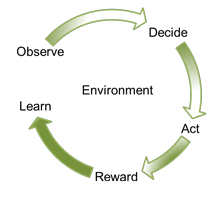Modelling, analysis and strategies for beyond next generation vehicular heterogeneous wireless networks
An artificial intelligence approach
5G and beyond communication systems will have challenging requirements for data rate, energy efficiency and end-to-end latency especially for the users on the move. The dynamic mobile communication network involves multi-service demand such as voice, data or video in multi-environment scenario. The scenario further encompasses broad variation in user mobility from pedestrians to slow and fast vehicular mobile users. To test and analyse all these challenges, conventional distributed integrated small cell network infrastructure is deployed over a high mobility micro-cellular vehicular with and without interrupted flow environment.
The research aims are to understand and establish strong link between user experience and highly dynamic vehicular environment through analysis of application of learning techniques. Strategies could include machine learning and other artificial intelligence approaches. The purpose of the project will be to show how, by applying these forms of artificial intelligence, it is possible to improve the performance of the cell selection, resource and topology management algorithms. The learning schemes and strategies which will be developed are believed to have the capability to achieve significantly low latency, high throughput performance to the vehicular users.


Members
- Shipra Kapoor
- David Grace
- Tim Clarke
Dates
- January 2015 to
December 2017
Research
